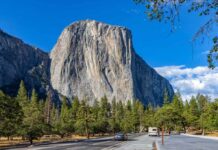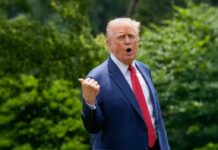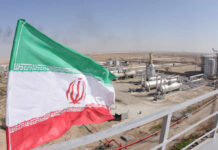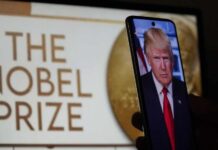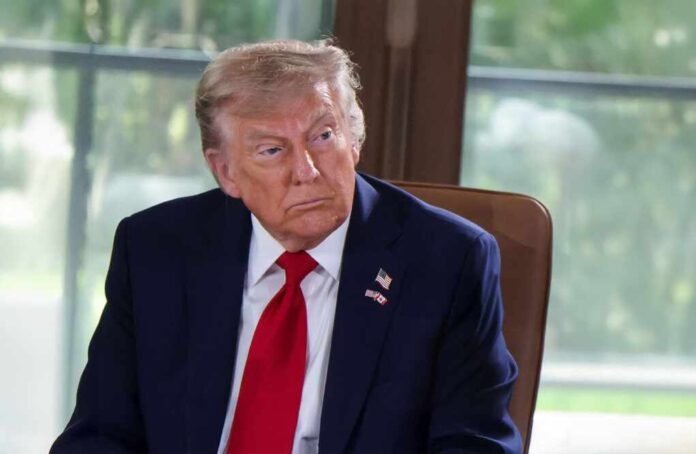
President Trump criticizes Time magazine for using what he claims is the “worst photo of all time” on a cover meant to highlight his diplomatic success.
Story Snapshot
- Trump brokered a historic Gaza ceasefire and hostage exchange deal.
- Time magazine’s cover intended to celebrate this achievement sparked controversy.
- Trump accused the magazine of media bias over an unflattering photo.
- The incident highlights ongoing tensions between Trump and major media outlets.
Trump’s Diplomatic Success Overshadowed by Media Controversy
In October 2025, President Donald Trump achieved a significant diplomatic victory by brokering a ceasefire and hostage exchange deal in Gaza. This achievement marked a rare moment of bipartisan praise for Trump, earning him suggestions for a Nobel Peace Prize. However, the media’s focus quickly shifted from his accomplishment to a controversy surrounding Time magazine‘s cover story titled “His Triumph.”
Time Magazine’s Editorial Decision Sparks Debate
Time magazine’s editorial decision to feature Trump on the cover was intended to acknowledge his diplomatic success. However, Trump publicly criticized the cover photo, describing it as making his hair “disappear” and creating a “floating crown” effect. This sparked widespread debate over media representation and bias, with Trump’s supporters viewing it as further evidence of media hostility, while critics argued it detracted from more substantive discussions.
This incident is not an isolated case. Trump has a history of contentious interactions with the media, often accusing major outlets of bias and unfair portrayals. The current controversy has reignited these tensions, drawing attention away from his diplomatic efforts and into familiar territory of media-politician conflict.
Watch: ‘Worst Photo Of All Time’: Trump Lashes Out At Time Magazine Over Photo
Impact on Public Perception and Media Trust
The controversy surrounding Trump’s Time magazine cover has broader implications for public perception and media trust. While Trump’s diplomatic achievement remains a significant milestone, the media debate now dominates headlines. This incident underscores the power of visual media in shaping public narratives and highlights the importance of editorial choices in high-profile stories.
In the long term, this situation may influence future media strategies and political communications, as it reinforces existing narratives about media bias. The broader public, exposed to polarized interpretations of the event, may experience shifts in trust towards media institutions and perceptions of political figures.
Sources:
Time Magazine coverage of Trump’s diplomatic achievement and the cover controversy


